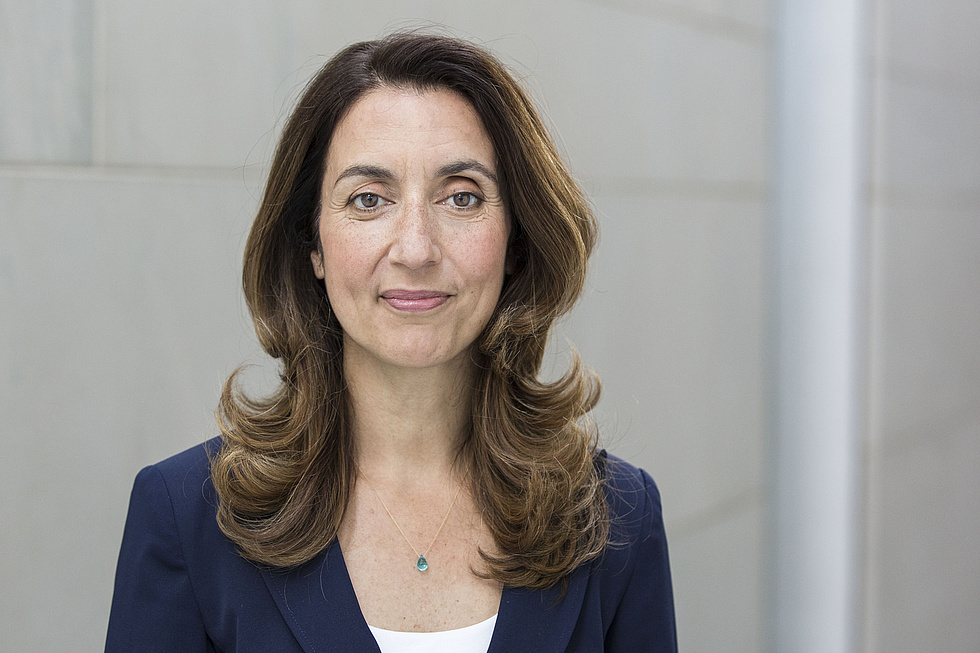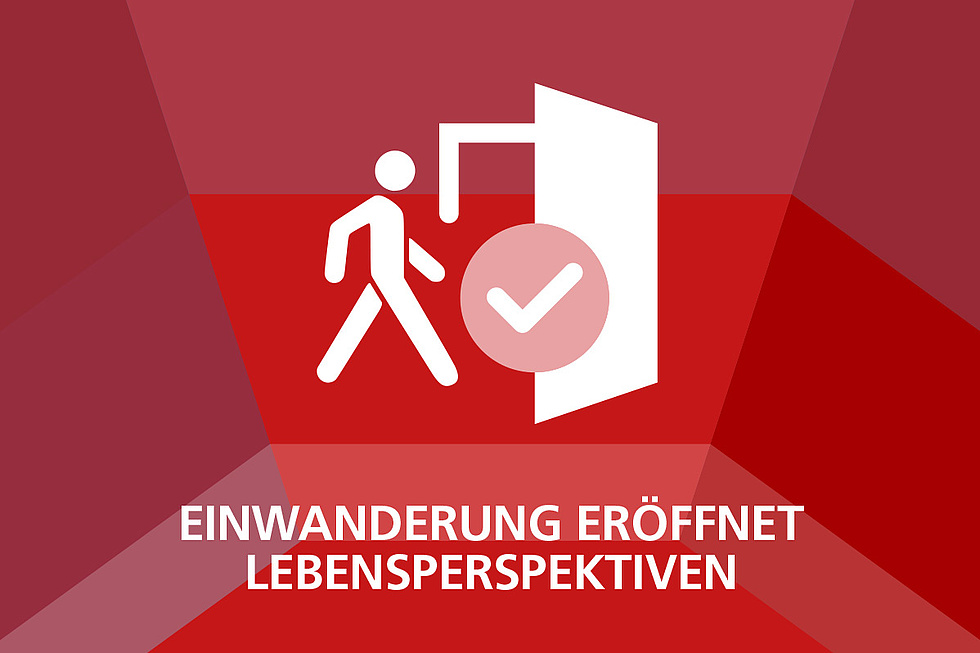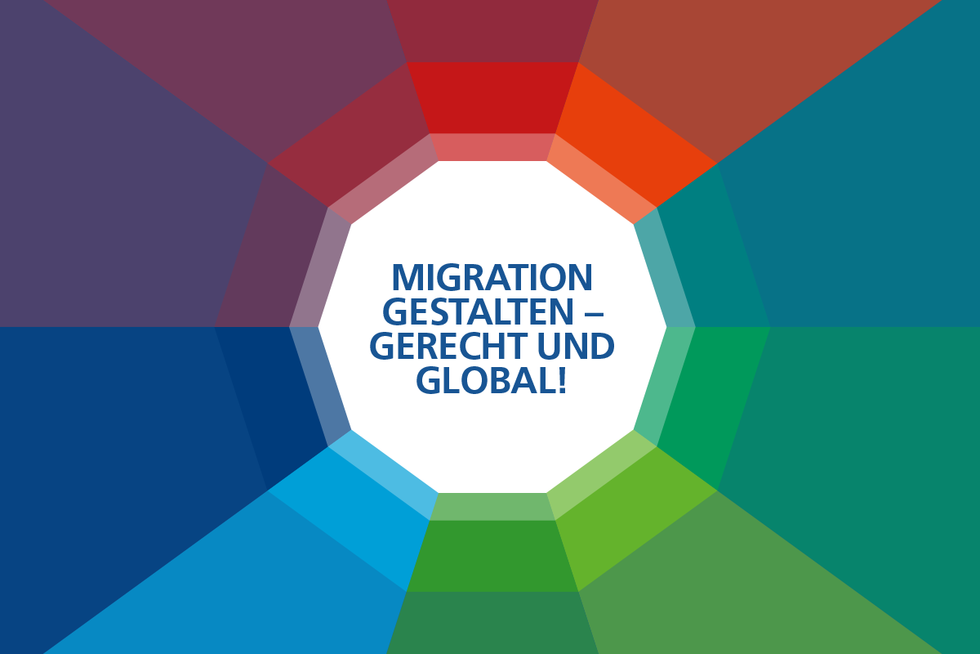A brief interview with minister of state Aydan Őzoğuz, Representative of the Federal Government for Migration, Refugees, and Integration.
FES: A year ago, a commission that you chaired developed an overall concept or model of what an immigration society should look like and then presented it to the Friedrich Ebert Stiftung. What are the most important features of your model?
Őzoğuz: Our model first describes the processes of immigration into and emigration from Germany. Migration is a reality and has been since time immemorial, even in our latitudes, even in Germany. Because that is the case, politics has to organize and deal with migration and its consequences. Accordingly, our model says that diversity, too, has long since become a reality in our country. People in Germany differ from east to west, from north to south, from city to country, from young to old, and they either have immigration stories or they don’t. Hence, it is all the more important to establish a way of being German that is inclusive and integrative and that allows everyone to feel a sense of belonging. And the latter certainly would not entail a regression to the law of descent or ius sanguinis dating back to 1913. Our model provides for a positive commitment to diversity with equal rights of participation for all, whether in educational institutions, vocational training, or in the labor market. One’s origins should not be one’s destiny, whether in a social or geographic sense!
Why do you think we need a model of this kind?
Because we must offer emotional engagement to all 82 million people in this country in order to strengthen social cohesion. In this respect things have gotten rather dicey in the last few years. Populists are screaming from the far right into the center of society. They want to split our country and latch onto people’s worries and fears about downward social mobility or changes in their own social environment, their own neighborhood. By denigrating entire groups they hope to stroke the egos of their target audiences. So we want to offer a counter-model and defend our integrative, cosmopolitan country against the splitters. The conservatives proposed a guiding culture, but that is no real answer. For one thing, so far no one has been able to give a coherent definition of what exactly the guiding culture is supposed to include. Moreover, all previous attempts to give it concrete meaning, as in the slogans “We lend a helping hand” or “We are not burka,” are not really very convincing. By contrast, our model is inclusive and multi-connective. It provides orientation to everyone. Finally, it is not static; instead, it grows as we continue discussions among ourselves, even though the Basic Law and our fundamental liberal-democratic order constitute its unshakeable foundation. But the commission of the Friedrich Ebert Stiftung that I was asked to chair did not end up saying: “Look here, this is our model, and we all have to live in accordance with it.” Instead, our model suggested ways to carry on a fruitful discussion of these issues, as indicated by its title: “Togetherness in diversity.” So of course it is highly appropriate that the Friedrich Ebert Stiftung scheduled a conference on February 27, 2018, to give us an opportunity to discuss the model again.
A year has passed since the draft of your model was first published in February, 2017. Now, with the benefit of hindsight, how do you assess the previous year and the model itself?
I think the climate in which we talked about participation, integration, and our immigration society has become much chillier. Denigration of refugees, immigrants, those who have family histories of immigration, but who have lived here for decades or were even born here, as well as Muslims and Jews, has become rampant. Then too, right-wing populists now have a contingent in the Bundestag. It is all the more important for those who have made a commitment to greater participation, the fight against racism, anti-Semitism and Islamophobia, and who opt for togetherness that works should become more visible and audible. We cannot cede discursive sovereignty to those who want a country in which people with a different skin color are valued differently, in which religious freedom is not available to Muslims and Jews, and in which we would close the book on our past and no longer face up to the Nazi era and the Holocaust. When we published our model a year ago, I said: “The way we deal with diversity and fair opportunities for participation is a yardstick by which we can evaluate our democracy, social peace, and security.” I think that is still true today!
FES-contact:Dietmar Molthagen, Forum Berlin
_____________________________________________________________________________________________________________
Togetherness in Diversity
One year after its publication, the board of directors of the Arbeiterwohlfahrt (Workers’ Welfare Association), the Turkish Community in Germany, the DeutschPlus association and the Friedrich Ebert Stiftung wished to launch a renewed discussion of the model and the agenda and policy proposals that accompanied it. On February 27, 2018, the members of the commission reviewed their text again and, using it as a starting point, discussed the challenges that currently confront politics and society as they seek to make “togetherness in diversity” a success.



